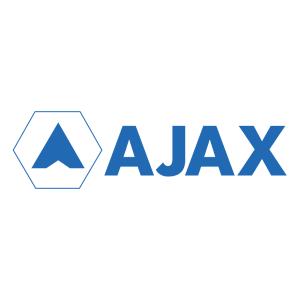Scripts: What is AJAX?
Ajax itself is a technique, but to use the technique effectively one must become familiar with the philosophy behind the technique. In other words, it is not just the use of the technique that is important, but rather developing a different mindset and approach to Web development that is central.
To date, I have mentioned the term Ajax a number of times but have not described the central object that makes Ajax, Ajax. At the heart of Ajax are the xmlhttprequest object and its Microsoft's activeX equivalent.
It is this object that allows data to be transferred asynchronously. In case you are not clear what asynchronous means, it is the ability to handle processes independently from other processes.
Synchronous which is the opposite of asynchronous, then means that processes are dependent upon other processes. To illustrate let us use a classical Web page scenario.
Assume we have page A and on this page we have a number of elements, including a couple of script and style tags. With synchronous data transfer the script tag needs to be parsed before the next element is parsed.
In this way then the next element to be parsed by the browser is dependent upon the script tag being parsed first. Effectively we are creating a bottleneck of one connection between Web page and browser. Style tags and link elements in the head section of the document create the same bottleneck effect.
They have to be parsed one at a time before other page elements can download.
Once they have been parsed then the elements in the body section can use concurrent connections to help speed up the download process. For example, most servers handle between 2 to 4 concurrent connections between web page and browser.
Consequently, this means that 2 to 4 images or other page elements can load concurrently. Yet before that process starts what is between the head tags have to be parsed first, which can considerably delay the loading of web pages.
Most particularly if you are using multiple CSS and JavaScript tags. Nearly every Web page and blog on the internet uses this method.
It isn't hard to see why this may be a problem in terms of increasing page load speeds.
Asynchronously loading methods differ from this scenario because the loading processes are handled independently of each other and to a significant degree overcomes the bottle of traditional Web page design.
As will be demonstrated later, the whole gist of this technique is to use minimal JavaScript initially and then push all the head related tags, including the rest of the JavaScript, CSS etc tags through an xmlhttprequest object.
This method uses multiple connections rather than the single one that most traditional Web pages use and consequently speeds things up considerably..










